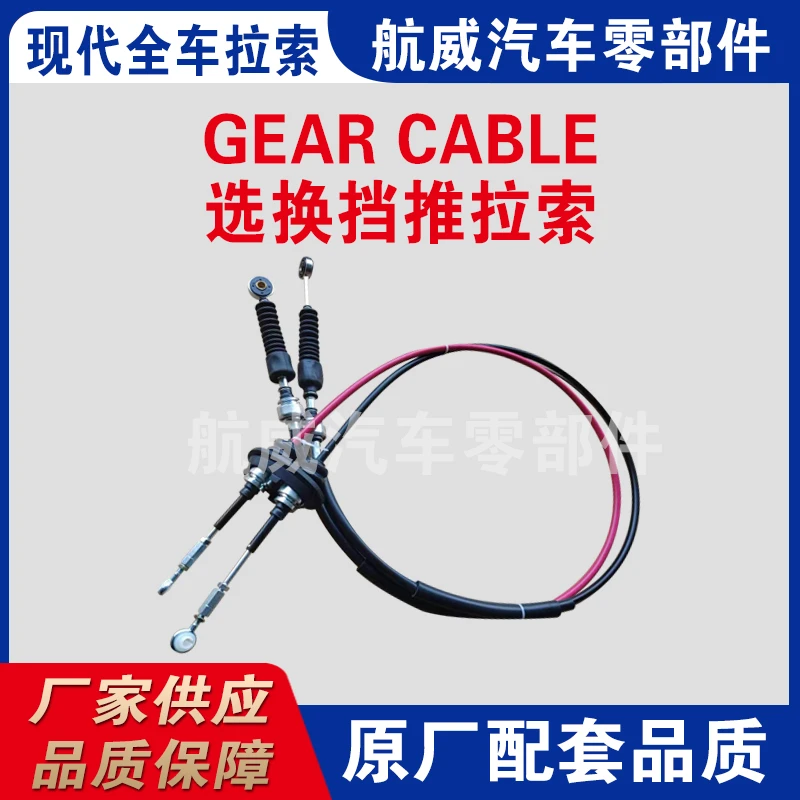throttle linkage bell crank
Understanding Throttle Linkage and the Role of the Bell Crank
Throttle linkage systems play a crucial role in the functioning of engines, particularly in automobiles and aircraft. These systems are responsible for controlling the amount of air or fuel entering the engine, determining how much power the vehicle produces. One key component in many throttle linkage setups is the bell crank. This article explores the function of throttle linkage, the significance of bell cranks, and how they work together to ensure optimal engine performance.
What is Throttle Linkage?
Throttle linkage refers to the mechanical connections that allow the driver to control the throttle valve in an internal combustion engine. This connection can be achieved through various means, including cables, rods, or more complex electronic systems. When the driver presses the accelerator pedal, it moves a lever or cable that is linked to the throttle mechanism on the engine. This action opens or closes the throttle valve, thus regulating the air-fuel mixture entering the engine, which in turn affects engine speed and power output.
In modern vehicles, throttle linkage can also be electronic, commonly referred to as drive-by-wire. In these systems, the accelerator pedal is connected to sensors rather than a mechanical link. This method allows for greater precision and flexibility in throttle control but also requires sophisticated electronic management systems to translate the driver's input into engine performance.
The Role of the Bell Crank
A bell crank is a specific type of lever mechanism that changes the direction of force or motion. In the context of throttle linkage, the bell crank acts as an intermediary component that translates the linear motion of a cable or rod into the rotational motion needed to operate the throttle valve. It typically consists of two arms at a right angle to each other, with one arm connected to the throttle cable and the other connected to the throttle body.
The design of the bell crank allows for advantages in both space and responsiveness. By extending the range of motion and providing a mechanical advantage, a bell crank can improve the throttle response, making it feel more immediate and natural for the driver. The positioning of the bell crank can also affect the pedal feel—how the driver perceives the resistance when pressing the accelerator—and can be adjusted to suit different driving styles or vehicle applications.
throttle linkage bell crank

Benefits of Using a Bell Crank in Throttle Linkage
1. Compact Design The bell crank allows for a more compact throttle linkage arrangement, which is particularly advantageous in vehicles with limited space under the hood. This compactness can reduce overall weight and improve the aesthetics and accessibility of engine components.
2. Increased Control With its mechanical advantage, a bell crank can provide finer control of throttle positioning. This precision is essential for performance vehicles that require instant response to accelerator inputs, allowing for smooth acceleration and deceleration during driving.
3. Adaptability Bell cranks can be designed to accommodate various setups, adapting to different engine configurations and throttle mechanisms. This adaptability makes them a versatile component in many throttle systems, from standard passenger vehicles to high-performance racing machines.
4. Durability Made from robust materials, bell cranks can withstand the repetitive forces exerted during operation. As a result, they tend to have a long service life and require minimal maintenance, contributing to the reliability of the throttle linkage system.
Conclusion
Throttle linkage systems are crucial for managing engine performance, and the bell crank plays an integral role in the successful operation of these systems. By effectively translating linear motion into rotational movement, bell cranks enhance throttle response, ensure compact designs, and provide durability and adaptability across various applications. Understanding these components is essential for anyone involved in automotive design or maintenance, as they directly impact the driving experience and vehicle performance. As technology advances, the evolution of throttle linkage systems, including the use of bell cranks, will continue to shape the future of automotive engineering and performance.
-
Upgrade Your Control with Premium Throttle CablesNewsAug.08,2025
-
Stay in Control with Premium Hand Brake CablesNewsAug.08,2025
-
Experience Unmatched Performance with Our Clutch HosesNewsAug.08,2025
-
Ensure Safety and Reliability with Premium Handbrake CablesNewsAug.08,2025
-
Enhance Your Vehicle with High-Performance Clutch LinesNewsAug.08,2025
-
Elevate Your Ride with Premium Gear CablesNewsAug.08,2025
